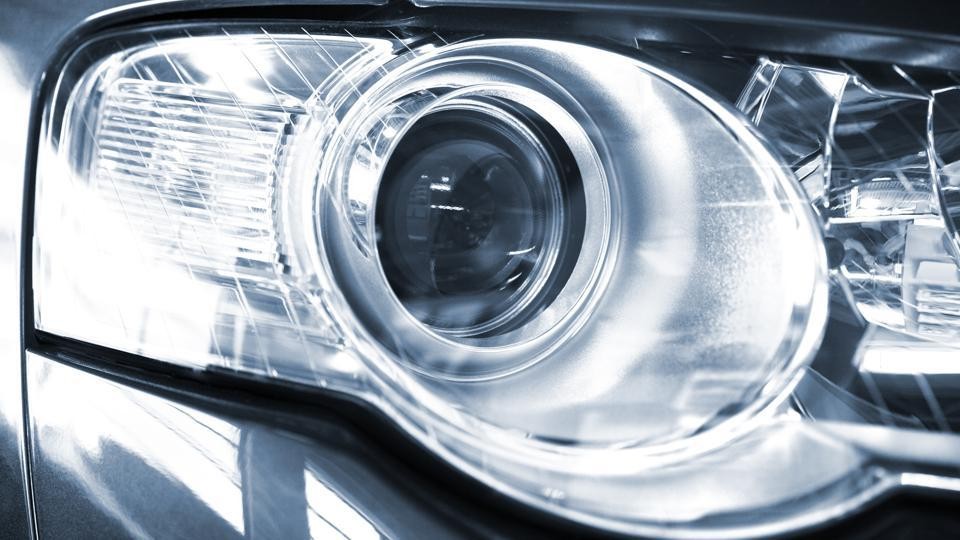Gas prices can be a significant concern for car owners, and the difference between regular and premium fuel can further impact your wallet. Currently, premium gas averages around $0.75 more per gallon than regular-grade fuel. With regular gas already averaging $3.50 nationwide, according to AAA, opting for premium can substantially increase your fuel expenses. For drivers of vehicles that require premium gas, this price difference is not just an inconvenience, it’s a recurring cost that adds up over time.
The price of 91-octane premium gas sits at an average of $4.25 per gallon, approximately 25% higher than regular fuel. This price gap translates to a considerable annual increase in fuel costs. The EPA estimates that for a vehicle achieving 31 mpg and using regular gas, annual fuel costs for 15,000 miles are around $1,650. However, for a vehicle with the same fuel economy but requiring premium gas, this cost jumps to $2,050 for the same distance. Over five years of ownership, this difference accumulates to a substantial $2,000.
Many new car buyers might be unaware that their chosen vehicle requires premium fuel until they visit the gas station for the first time. Modern vehicles with advanced, high-compression engines, including turbocharged and direct fuel-injected systems, often specify premium-grade fuel to unlock their maximum performance and efficiency. While it’s commonly understood that luxury and high-performance sports cars typically need premium, a surprising number of mainstream cars, trucks, and SUVs also fall into this category. In some cases, only a specific, often higher-performance, engine option within a model line will require premium, while in luxury and sports car segments, it’s frequently a standard requirement across the entire range.
Interestingly, even within performance-oriented lineups, the need for premium fuel isn’t always universal. For example, not every engine option in the 2023 Ford Mustang, Chevrolet Camaro, and Corvette necessitates premium gasoline.
Regular gasoline typically has an octane rating of 87, while premium is rated at 91 octane. Octane is a measure of a fuel’s ability to resist engine knocking or pinging during combustion. Higher octane fuels can withstand greater compression before igniting erratically. Mid-grade fuel, at 89 octane, offers a middle ground but is often considered unnecessary for most vehicles.
For those looking to minimize fuel expenses without switching to hybrid or electric vehicles, choosing a car designed to run on regular-grade gasoline is crucial. Information on fuel requirements for both current and past models is readily available on the EPA’s fueleconomy.gov website. This information is also conveniently located on a sticker inside your vehicle’s fuel filler door and detailed in the owner’s manual.
While modern engines are equipped with knock sensors that can adjust spark timing to accommodate lower octane fuel than recommended, using regular gas in a car that specifies premium can negatively impact both performance and fuel efficiency to some extent. Conversely, there is absolutely no benefit to using premium fuel in a vehicle specifically designed for regular 87-octane gasoline.
To help you make informed decisions, we’ve compiled lists of 2023 mainstream-brand cars, trucks, and SUVs that require premium-grade gasoline, along with the specific powertrains that necessitate it. We also include a list of luxury-brand vehicles that can save you money by running on regular fuel.
2023 Mainstream Brand Cars That Require Premium-Grade Fuel:
- Chevrolet Camaro: with 2.0-liter turbocharged engine or 6.2-liter V8
- Chevrolet Corvette: with 5.5-liter engine
- Chevrolet Silverado: with 6.2-liter engine
- Chevrolet Tahoe/Suburban: with 6.2-liter engine
- Chrysler 300: with 6.4-liter engine
- Dodge Challenger: with 6.2-liter supercharged engine or 6.4-liter V8
- Dodge Charger: with 6.2-liter supercharged engine or 6.4-liter V8
- Dodge Durango: with 6.2-liter supercharged engine or 6.4-liter V8
- GMC Sierra: with 6.2-liter engine
- GMC Yukon/Yukon XL: with 6.2-liter engine
- Honda Civic: with 1.5-liter turbocharged engine
- Hyundai Elantra: with 2.0-liter turbocharged engine
- Hyundai Kona: with 2.0-liter turbocharged engine
- Jeep Grand Wagoneer: All models
- Jeep Wrangler: with 6.4-liter engine
- Kia Stinger: All models
- Mazda MX-5: All models
- Mini Cooper: All models
- Mini Cooper Countryman: All models
- Mini Cooper Clubman: All models
- Nissan Armada: All models
- Nissan Maxima: All models
- Nissan Titan: All models
- Nissan Z: All models
- Nissan Pathfinder: with Rock Creek trim
- Ram 1500: with 6.2-liter supercharged engine
- Subaru BRZ: All models
- Subaru WRX: All models
- Volkswagen Arteon: All models
- Volkswagen Golf R: All models
- Toyota Corolla: with 1.6-liter turbocharged engine
- Toyota GR 86: All models
- Toyota GR Supra: All models
Source: EPA.
2023 Premium Brand Cars That Take Regular-Grade Gas:
- Audi A3: All models
- Audi Q3: All models
- Audi TT: All models except TTS
- Cadillac XT5: with 3.6-liter engine
- Cadillac XT6: with 3.6-liter engine
- Lexus ES: All models
- Lexus NX: All models except hybrids
- Lexus UX: All models
- Lincoln Aviator: All models
- Lincoln Corsair: All models
- Lincoln Nautilus: All models
- Lincoln Navigator: All models
Source: EPA.
Understanding whether your car requires premium gas is essential for managing fuel costs and ensuring optimal vehicle performance. Always check your vehicle’s fuel door, owner’s manual, or consult fueleconomy.gov to confirm the recommended fuel type for your specific car model. Making an informed decision at the pump can save you money and maintain your vehicle’s performance for years to come.

